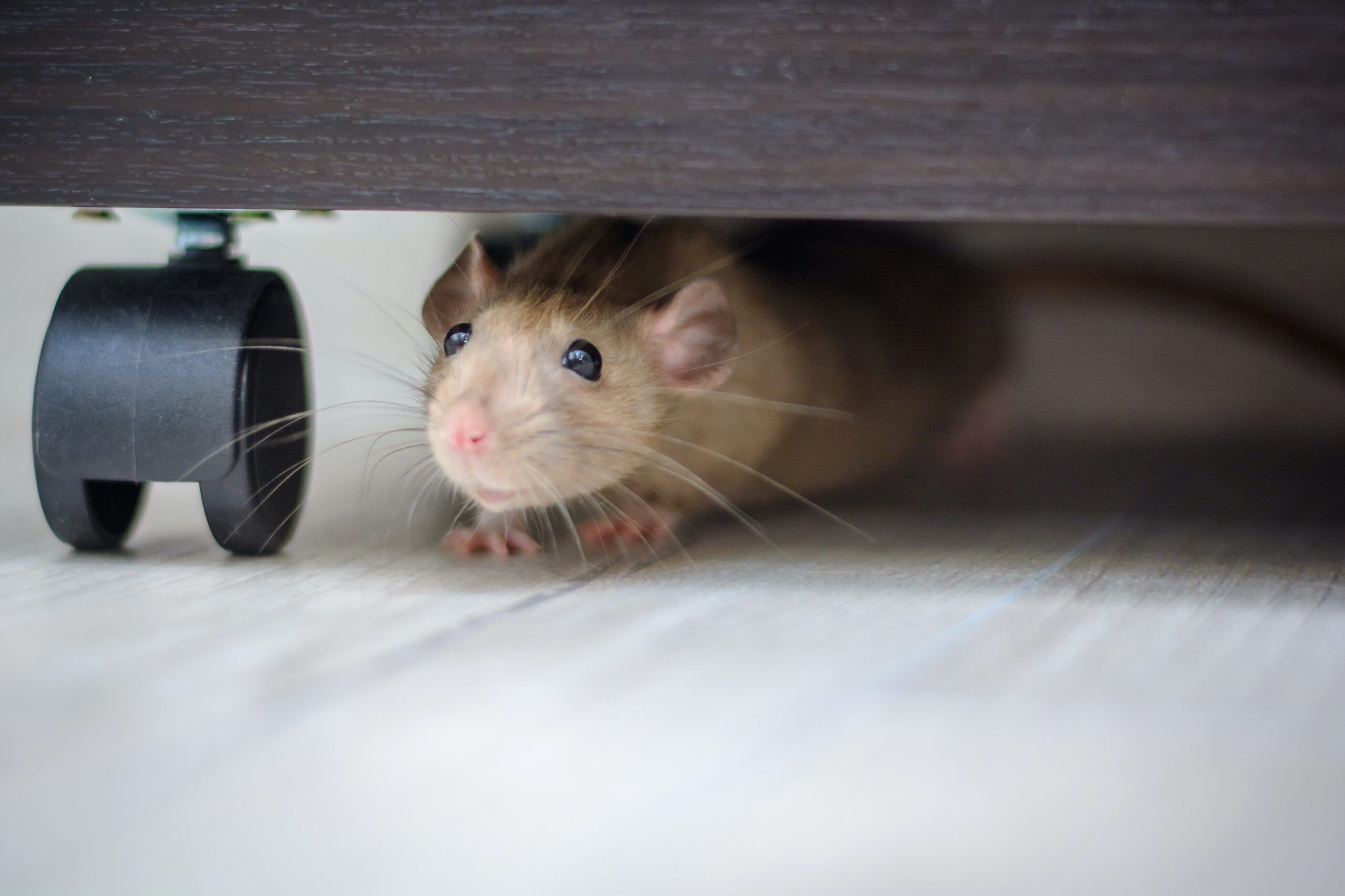Now’s the time to get serious about plugging the cracks, gaps, and crevices that mice use to gain access to your home.
Look for Openings
Do a sweep of your home’s exterior, and look for openings a mouse could slip through—that means spaces as narrow as 1⁄4 inch. Likely locations include utility entry points, loose-fitting attic or exhaust vents, damaged weatherstripping, and the gaps beneath doors.
Seal Up Points of Entry
Once you’ve identified potential entries, close them up using mouse-proof material. Skip sealants and spray foams, which mice can easily chew through. Though they won’t gnaw on steel wool, it has a short life span as it dissolves into rust.
Instead, stuff cracks with a filler like Xcluder Fill Fabric, which is made from a mouse-unfriendly mix of stainless-steel and polyester fibers ($11 for three 1″x4′ rolls; Wildlife Control Supplies).
If rodents are coming in under doors, you can install door sweeps that contain the same gnaw-resistant material (Xcluder 36″ Pest Control Door Sweep, from $50; Wildlife Control Supplies).
Keep Critters Out of the Garage
Cold, hungry rodents may look to your garage as a warm place to wait out the winter. Discourage these unwanted residents with a few precautionary measures.
Eliminate prime hiding places by trimming back vegetation outside the door. Store pet food, garden seeds, and any potential bedding material in metal containers with tight-fitting lids.
And stop them from gnawing through the garage door seal by installing one that’s rodent-proof, like those made by Xcluder.
Bonus! In addition to keeping furry freeloaders at bay, closing up these cracks and crevices will stave off cold drafts, too.
